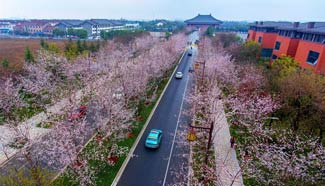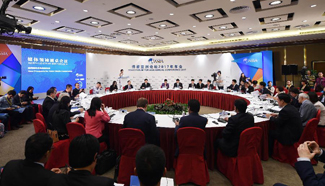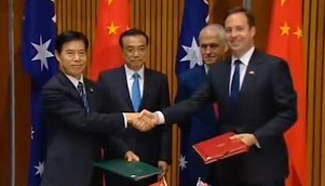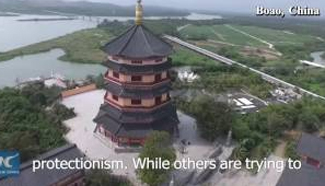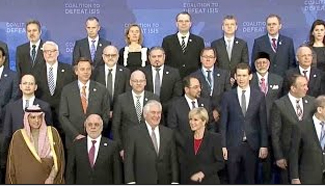by Ronald Njoroge and David Musyoka
NAIROBI, March 24 (Xinhua) -- Kenya has planned to benchmark its Special Economic Zones (SEZs) on successful ones in China that have transformed the Asian country's economy.
National Economic and Social Council (NESC) Advisor Victor Koh told Xinhua Friday that Kenya's 2,000-square-kilometer SEZ in the coastal town of Mombasa can be benchmarked to Shenzhen's SEZ.
"Kenya can borrow the practices and experiences that have made China transform its economy in the past 30 years in order to create job opportunities," the SEZ expert said.
"Our assessment indicates that when fully operational, the port of Mombasa SEZ can generate 10 million jobs by the year 2030," Koh said during a forum on Fast Tracking Special Economic Zones.
A Special Economic Zone is a designated geographical area of high economic importance to a country, with liberal economic laws and highly developed infrastructure.
The designated trading zones are expected to help investors cut down on key cost drivers such as transport, with the hope that surplus funds would go towards value addition.
Koh said that Chinese SEZs have been very effective in attracting manufacturing industries that have made China emerge as a leading producer of goods globally.
Kenya's SEZ Act was operationalized in December 2015 and will provide various tax incentives for companies that establish their operations in the zones.
The zones are set to host companies that produce goods for export but can also sell locally if they pay domestic taxes.
According to NESC, Kenya currently has 8.3 million unemployed people and this figure is projected to increase to 15 million unless interventions are made.
Koh said that if Kenya operates the SEZs effectively, it can solve its current unemployment crisis.
"SEZs are ideal because they can be used to attract labor intensive industries that will help to absorb unemployed people," he added.
Koh said the government is rolling out SEZs which will enjoy lower taxes to boost Kenya's investment profile.
"SEZs are a very effective strategy for igniting the growth and development of the country with the potential to transform Kenya within a short time. This strategy was employed by Singapore, China and the United Arab Emirates and that is why they are where they are today," he said.
It is estimated that by the year 2003, there were 116 countries implementing SEZ programs, employing 43 million workers and accounting for annual world trade worth 400 billion U.S. dollars.
Julius Muia, Director General of Kenya Vision 2030 Delivery Secretariat noted that SEZ is primed to create jobs to address the major socio-economic challenge of unemployment.
"The focus of the new policy on SEZs is that goods be produced closer to raw material sources and investors be handed preferential terms on matters such as licensing," Muia said.
"We have over 10 million citizens without jobs. The SEZ model in and of itself will be able to address the issue of unemployment to a very significant degree which will be felt," he added.
Kenya's special economic zones law provides incentives for industries to operate in designated SEZs in the Greater Mombasa, Lamu and the Greater Kisumu.



